This Blu-ray is currently available from Severin films.
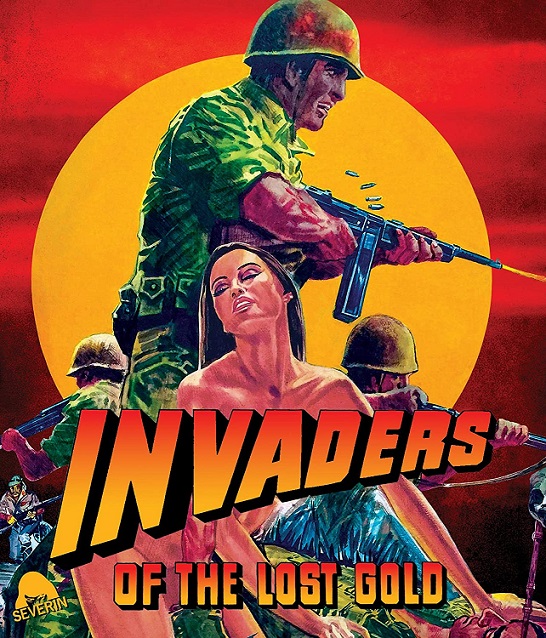
In 1981, Steven Spielberg and George Lucas took the world by storm again with the blockbuster adventure film, Raiders of the Lost Ark. Naturally, its worldwide box office success spawned a number of imitators. One of those was Invaders of the Lost Gold aka Horror Safari aka Greed, a film that most were introduced to on VHS. Made on a shoestring in the Philippines by maverick independent producer Dick Randall (Crocodile, Supersonic Man, Pieces, Don’t Open Till Christmas), the movie veers into exploitation territory. Despite its lowbrow ambitions, it somehow managed to secure an impressive cast and actually delivers a few amusing moments.
B-movie fans who get a kick out of these types of films (and I will admit to being one of those people) can now pick it up on Blu-ray courtesy of Severin Films, who have given the picture a sharp and impressive 2K restoration. The movie also arrives with some nifty extras that include a few interviews with participants. Those involve tell remarkable stories about how it was made and detail making a movie in another part of the world with limited resources. Like just about every other release from the studio, Severin have taken incredible care with the presentation and bonuses. This is about as good as the movie has ever or perhaps will ever look.
The movie opens with a flashback set during the end of World War II. With allied forces ready to libertate the Philippines, a trio of Japanese soldiers decide to hide millions in stolen gold in the jungle. After their platoon is attacked by headhunters, the men hastily leave the valuables in a cave. 36 years later, sneering villain Rex Larson (Edmund Purdom) gets wind of the hidden riches. With the backing of a financier (David De Martyn), he decides to track down the officers, demanding he “help them” retrieve the stash for a significant cut. They’re not exactly thrilled by the offer, leading to violent confrontations. Eventually, Rex manipulates the last solider, Tobachi (Harold Sakata) into joining him on the quest. They hire a grizzled guide named Mark Forrest (Stuart Whitman), who enjoys hanging out in strip clubs.. where you’ll naturally find all of the most qualified men to lead a dangerous mission. The final group also includes randomly chosen assistant Cal (Woody Strode), as well as the financier and his fetching daughter, Janice (Glynis Barber).
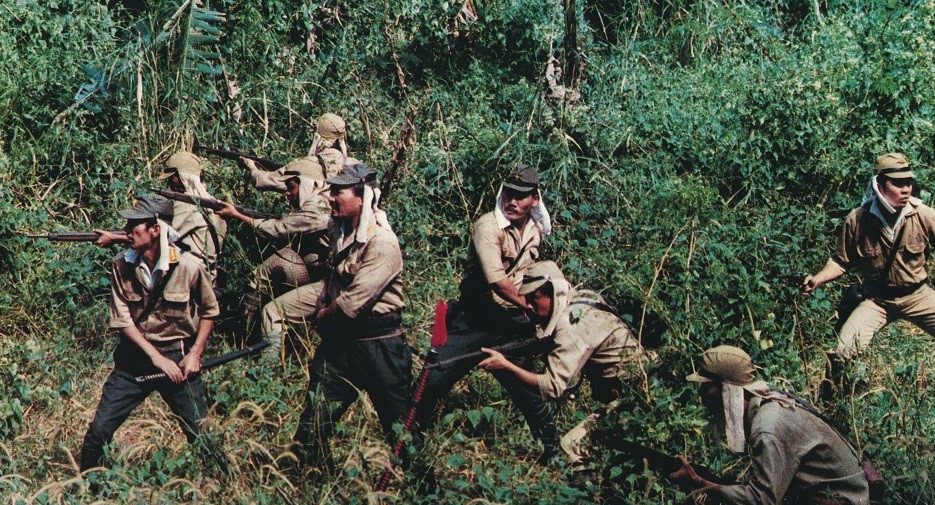
The story appears to be an amalgamation of Raiders and The Treasure of the Sierra Madre. In fact, it’s more of the latter film than the former. This is essentially a tale about a group of people venturing out into the wild to find gold. Besides a reasonably zippy and elaborate battle during the opening sequence, there’s little in the way of dynamic action later in the feature. In the end, the individuals within the group become their own worst enemies. They make terrible choices throughout and ultimately turn on each other, which results in unnecessary bloodshed and death.
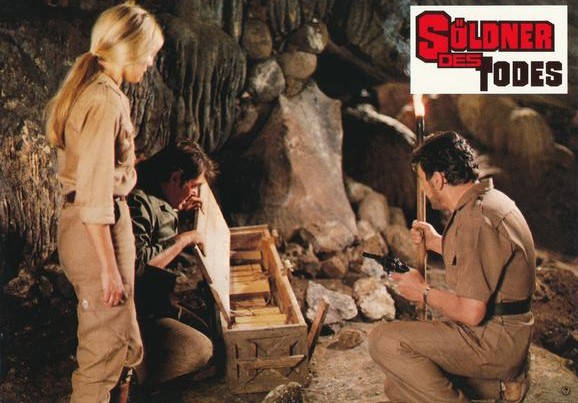
While the movie certainly isn’t strong from a story perspective and is politically incorrect in many respects (the depictions of headhunting natives certainly wouldn’t fly today), there is plenty humor to be derived from a couple of over-the-top performances, as well as the stunning ineptitude that these characters display. The leads are buffoonish and the filmmaker seemingly goes out of his way to get them killed is the dopiest ways possible. Of course, the leads fight among themselves, often being pushed great heights off of bridges and cliffs to their deaths. But the tale also includes an individual who is devoured by a crocodile and another who goes for a swim during the chaos and is pulled under the water by an unseen force (clearly there was a plan to show some kind of animal, but money ran short).
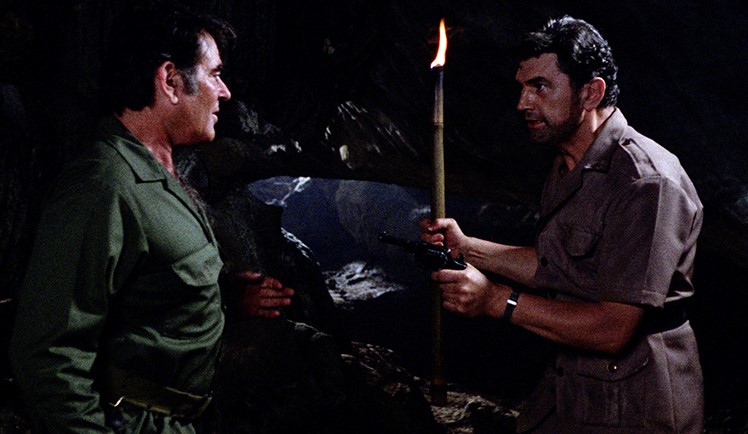
In movies like these, filmmakers are forced to cast whomever might be willing and available, even if they don’t necessarily fit the role. Purdom is a standout as the scenery-chewing villain. He exaggeratedly snarls and threatens his way through the proceedings. It’s remarkable that the group aren’t immediately suspicious of this figure based on his hilarious delivery alone. Whitman’s heroic Forrest looks rumpled, tired and a little too old for his role. That makes it all the funnier to see female lead Janice fawn over him for the entire running time, despite it being clear that the vibrant and young aristocrat is very much out of the hero’s league.
These anomalies help provide an enjoyably cheesy experience for viewers and allow many chuckles to be had at the outrageous trashiness on display. And on a technical level, one can take some real appreciation from the location photography. It is impressive and images featuring boats sailing down rivers into the jungle are nicely captured. The cave used during the finale is also gorgeous to behold. With the new and improved image quality, these shots look striking and the movie does serve as an interesting travelogue (apparently, it is mentioned in the extras that the cast and crew shot the movie on the same river used in Apocalypse Now).
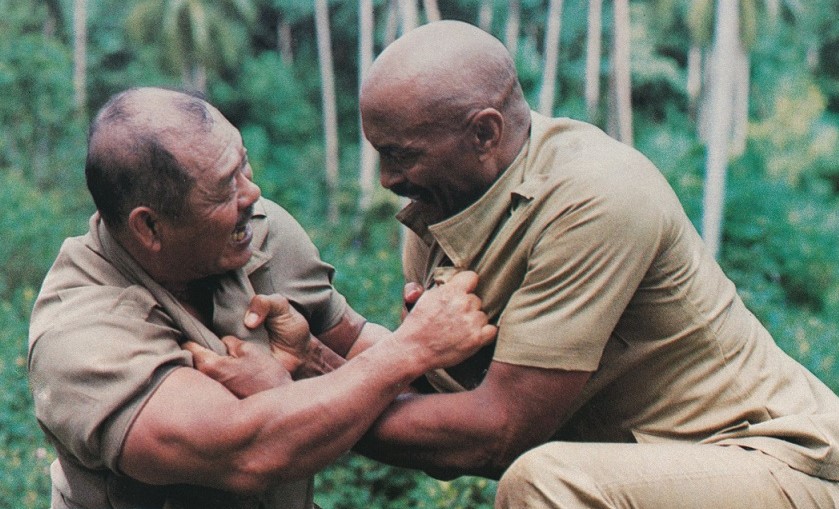
As mentioned previously, the Blu-ray extras are also fun. There is an interview with director Alan Birkinshaw (who later helmed the 1989 remakes of The Masque of the Red Death and The House of Usher) who talks about how he got involved in the production and all of the craziness that went on behind-the-scenes. More than 20 minutes of outtakes from the documentary Machete Maidens Unleashed are also included that deal specifically with this title. In the various clips, Birkinshaw explains that he was a very young director and saw the picture as an opportunity to gain experience. He realized that the script wasn’t good and knew he wasn’t a proper screenwriter, but tried working and rewriting scenes every day to make the best out of the situation.
He talks about dangerous situations and shooting slowdowns when much needed supplies weren’t arriving onset. The director also discusses the troubles in getting the practical effects to work. Some of the stories are outrageous. Birkinshaw is honest in his comments about the movie and notes the mistakes he made. He states that while the jungle backdrop was impressive, he wished that he had inserted more color into the green backdrops. He realized far too late that the art directors and production designers on Apocalypse Now wisely found ways to integrate a splash of color into shots, making the images pop. He also goes into the tension between co-stars Purdom and Whitman. Both men saw themselves as the lead and would only arrive on set last, causing complications in getting them in front of the cameras.
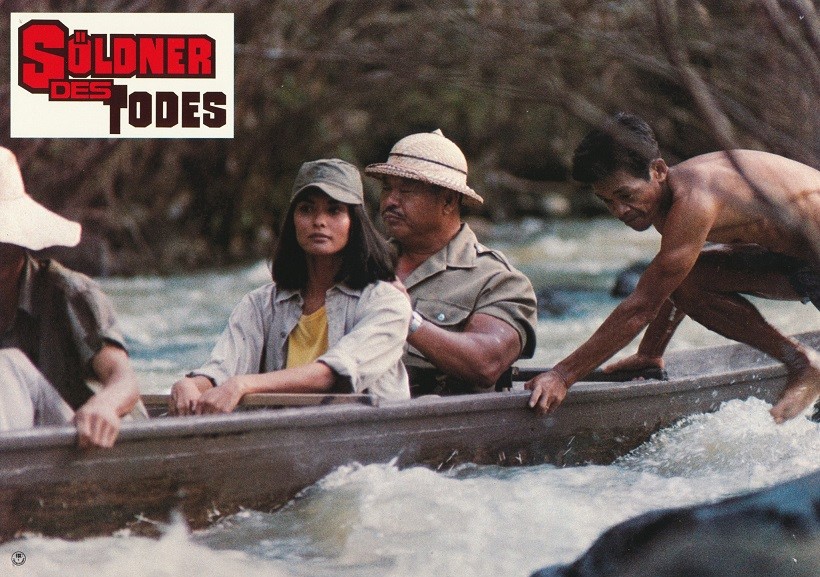
The late Dick Randall’s wife also discusses her husband’s career. The producer was American but moved to Europe., where he began embarking on a movie career. She states that he always had the best of intentions, even if the final products rarely ended being as good as he had hoped them to be. His significant other talked about working with him in the Philippines, recalling the dangers involved in shooting there. This included one incident involving government officials suddenly increasing their fee and threatening to kill her husband if he didn’t meet their demands. She actually believed that Randall enjoyed the stress and danger and explains how the situation was resolved. This subject also has amazing stories and even comments on Whitman’s alcoholism during the shoot.
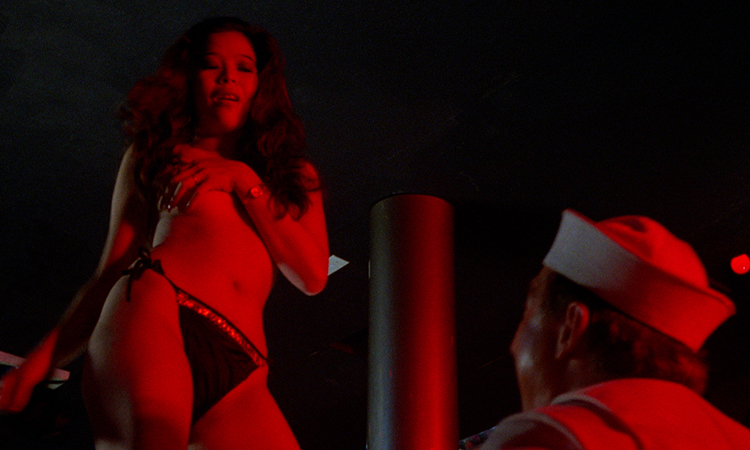
Invaders of the Lost Gold isn’t an amazing movie, but there is a reasonable amount B-movie charm to be had in the excessive schlock. The Blu-ray presentation is wonderful and the extras are very entertaining, adding some explanation about the reasons behind weirdness occurring onscreen. It you enjoy cheesy exploitation flicks like Robowar (that Severin have also released in recent years), then you may get a kick out of this disc as well.


